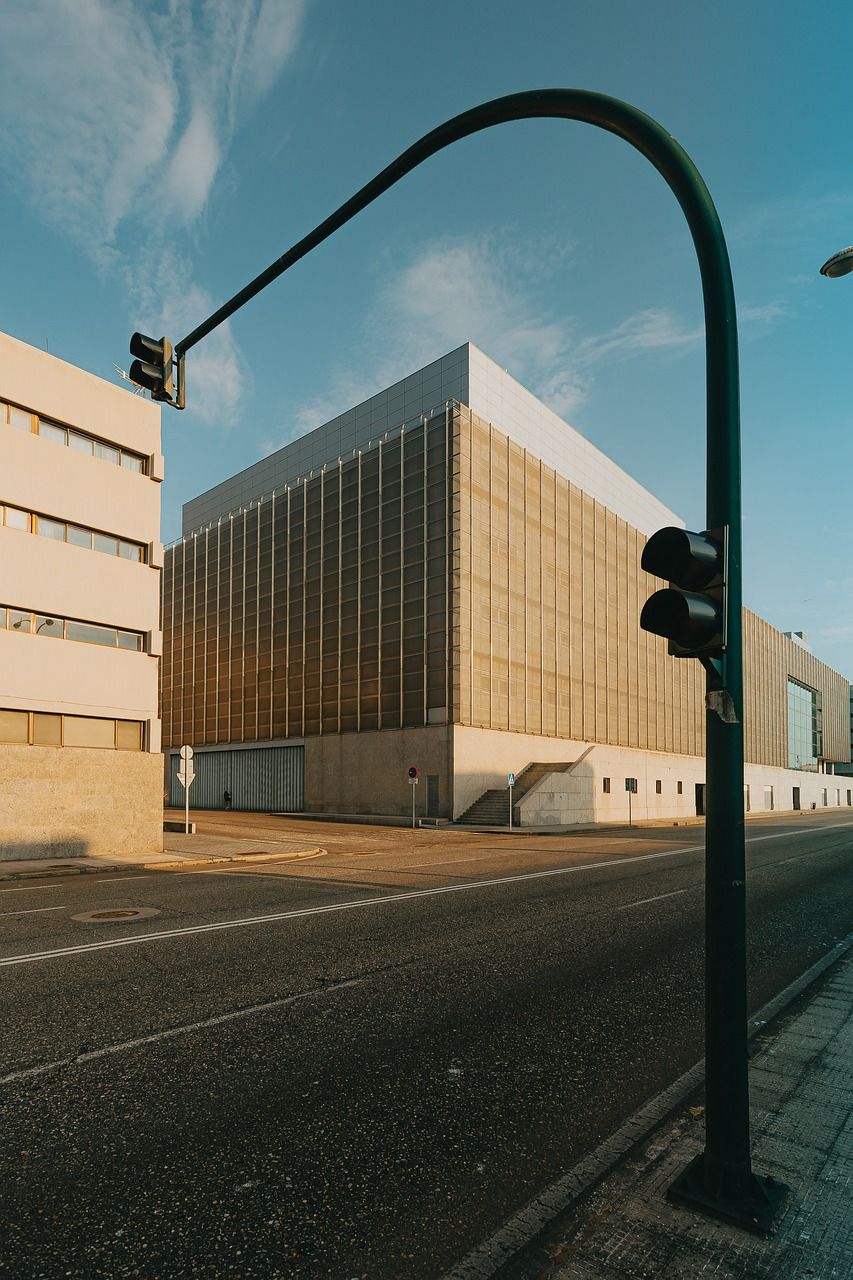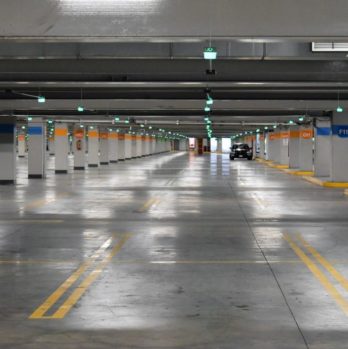Film Speed: A Comprehensive Guide to Understanding and Appreciating Photographs

Introduction:
Film speed refers to the sensitivity of film to light. It is an essential element of photography that plays a crucial role in capturing images with the desired exposure and quality. Understanding film speed is vital for all photography enthusiasts as it directly affects the outcome of their photographs. In this article, we will delve into the concept of film speed, its historical development, and the factors to consider when choosing the right film for your needs.
What is Film Speed?

Film speed is measured using the ISO (International Organization for Standardization) scale, which indicates the film’s sensitivity to light. The higher the ISO number, the more sensitive the film is to light. Film speeds typically range from ISO 50 to ISO 3200, with certain specialty films reaching even higher sensitivities.
Photographers must carefully choose the film speed according to the available lighting conditions and the desired artistic effect. Low-speed films (ISO 50-200) are ideal for well-lit environments and static subjects, as they offer finer grain and higher detail. On the other hand, high-speed films (ISO 400 and above) are more suitable for low-light situations or when capturing moving subjects, as they provide better exposure in challenging conditions.
Historical Development of Film Speed:
The concept of film speed dates back to the early days of photography, when photographers used metal and glass plates coated with light-sensitive chemicals. This early form of photography required long exposure times, limiting the ability to capture fast-moving subjects.
In 1934, the American Standards Association introduced the first standardized film speed system known as ASA (American Standards Association) rating. This system measured the film’s sensitivity to light using a numerical scale. However, there was a lack of consistency across different film manufacturers.
ISO (International Organization for Standardization) took over the ASA rating system in 1974 and established a global standard for film speed that is widely used today. The ISO scale maintained the ASA numbering system, allowing photographers to easily determine film speeds across different brands.
Factors to Consider When Choosing Film Speed:
When selecting the appropriate film speed, several factors should be considered to achieve the desired results. These include lighting conditions, subject movement, desired level of detail, and artistic intent. Let’s explore these factors in more detail:
1. Lighting Conditions:
– Brightly Lit Environments: For outdoor or well-lit indoor settings, low-speed films (ISO 50-200) are recommended. They offer excellent color reproduction and sharpness.
– Low-Light Situations: In dimly lit environments, high-speed films (ISO 400 or above) are preferable as they allow for faster shutter speeds without sacrificing image quality.
2. Subject Movement:
– Static Subjects: When capturing still objects, low or medium-speed films are suitable as they enable longer exposure times, resulting in more detail.
– Moving Subjects: For fast-moving subjects, such as sports or wildlife photography, high-speed films prove beneficial. They allow for faster shutter speeds, freezing the action.
3. Level of Detail:
– Fine Detail: If your goal is to capture intricate details, low-speed films are recommended. They produce images with minimal grain and high resolution.
– Grainy Aesthetic: Some photographers embrace the grainy look in their images. In such cases, high-speed films can achieve a more textured, vintage effect.
4. Artistic Intent:
– Creative Expression: Film speed also plays a crucial role in artistic storytelling. Experimenting with various film speeds can help photographers achieve their desired mood or aesthetic.
Conclusion:
Film speed is a fundamental concept in photography, influencing the exposure and overall quality of images. By understanding film speed and its historical development, you can make informed choices that align with your creative vision. Remember to consider lighting conditions, subject movement, desired level of detail, and artistic intent when selecting the appropriate film speed for your photographic endeavors. With this knowledge, you will embark on a journey to capture moments and create timeless memories.
Sources:
– “The Film Speed Guide for Photographers” by Tuts+. Retrieved from [insert link to the article]
– ISO.org. Retrieved from [insert link to ISO website]
– “A Brief History of Film Speeds” by Film Photography Project. Retrieved from [insert link to the article]











